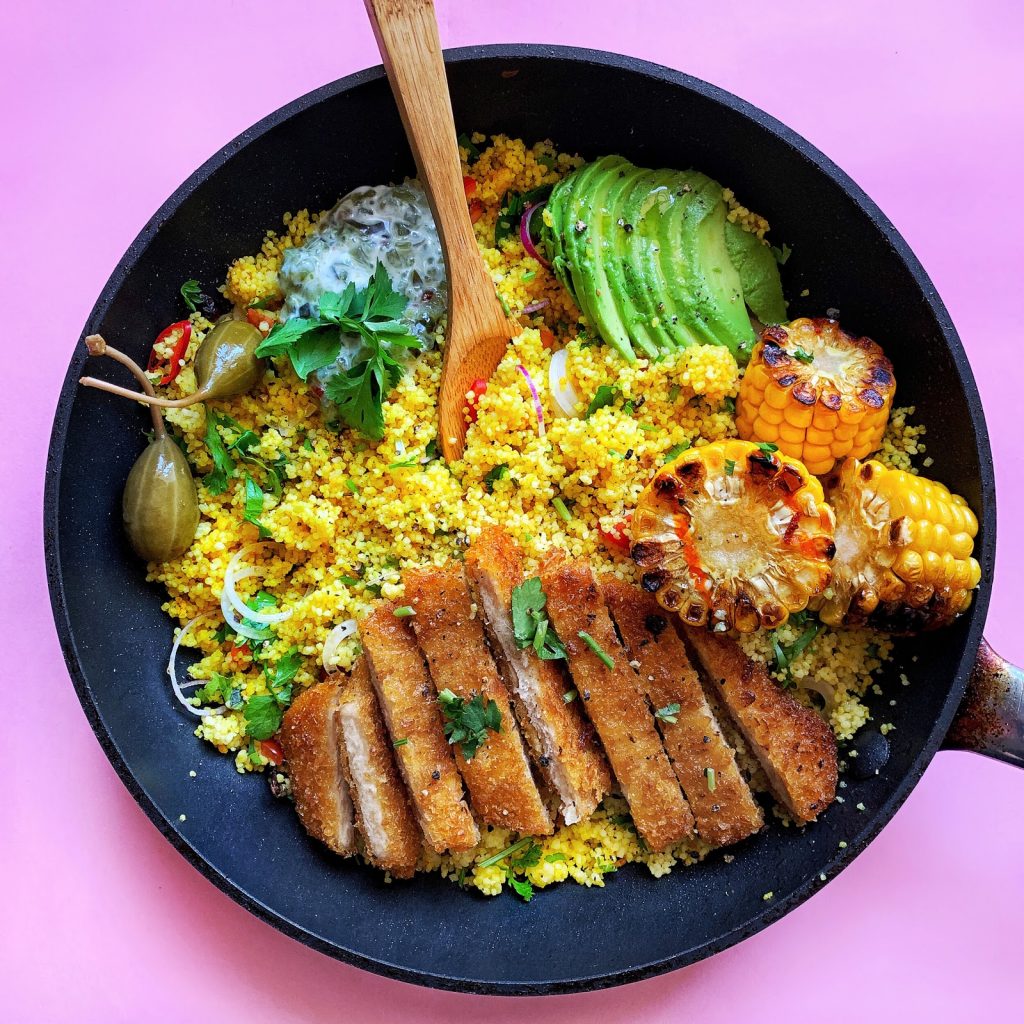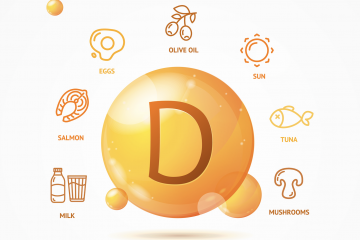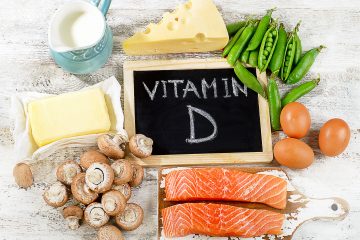11 WAYS ATHLETES CAN MAXIMIZE NUTRIENTS WHEN COOKING
Key Takeaway – ATHLETES CAN MAXIMIZE NUTRIENTS WHEN COOKING:
Cooking foods at lower temperature for a shorter period of time and minimizing the amount of water will maximize nutrient content of your food. There is no perfect cooking method that keeps all the nutrients but as long as athletes are eating a nutritious, well-rounded diet, you don’t have to sweat it, you’ll get what you need.
By now it’s undeniable that eating a variety of whole, mostly unprocessed foods can improve your health, energy and thus athletic performance. But, how you cook your food affects the nutrient levels. Not all cooking methods are created equal. You may be pouring out or throwing away some of the nutrients. This post gives athletes the know-how to cook your foods in a way that gets you the biggest nutrient bang for your bite.

We’ve made some pretty nifty discoveries over the past years, but I think fire is our finest yet. Cooking food revolutionized humans as we know it. In fact, cooking food improves digestion and increases the absorption of most nutrients, not to mention makes it safer and freaking delicious. Overall cooking is a win for mankind, but not all cooking methods (or duration) are created equal. Some cooking methods and duration reduce the nutrient content of the food. Here’s what you need to know.
Nutrient content changes during cooking
Heat and water can cause a loss in fat- and water-soluble vitamins in addition to minerals. Generally, use low temperature (avoid charring food) and little water and cook for as short a time as possible to get the most nutrients. Avoid boiling veggies and meat unless you are going to consume the liquid you cook it in, such as soup, stew, or sauce.
Top 11 – ATHLETES CAN MAXIMIZE NUTRIENTS WHEN COOKING
1. Use as little water as possible when poaching or boiling.
2. Consume the liquid left in the pan after cooking, especially veggies
3. Add back juices from the meat that drip into the pan
4. Keep peels on veggies to maximize fiber and nutrient density
5. Eat cooked veggies within a day or two. Vitamin C content may continue to decline when the cooked food is exposed to air. Plus cooked food should be eaten within a few days anyway to reduce the chance of bacterial growth.
6. Cut food after rather than before cooking. When food is whole, less is exposed to heat and water, maintaining more of the nutrients.
7. Cook veggies for only a few minutes. Putting them in the crockpot may be easy but you’re not left with many nutrients when it’s done due to the long cooking time.
8. Use the shortest cooking time for meats, poultry, and seafood necessary for safe consumption.
9. Microwave or steam foods to preserve as many nutrients as possible.
10. Remove drippings while grilling to reduce smoke and flare-ups. This can reduce potentially problematic carbon compounds by 41-89%
11. Marinade your meat before cooking. It reduces the formation of compounds called heterocyclic amines (HACs) that can form when you grill. It also makes your meat taste even better.
About Dr. A’nna

Dr. A’nna strives to inspire people to optimally fuel their body to achieve their best and have a positive impact on the world. She is the only combined Ph.D./RD specializing in sports performance nutrition in the world with all Ivy League degrees and the Chief Research Officer at AthleteBloodTest.
Dr. A’nna aims to cultivate a world of healthy athletes who understand nutrition and know how to leverage their physiology to get the best results in sports and life. You can reach her at [email protected] or on Instagram @drannaroby.


